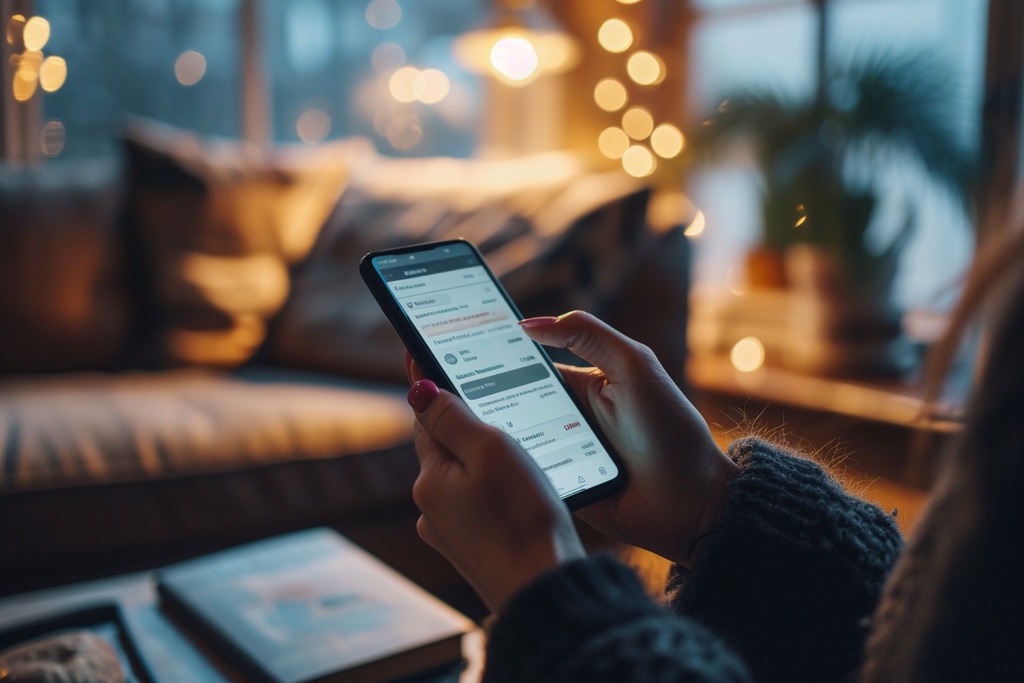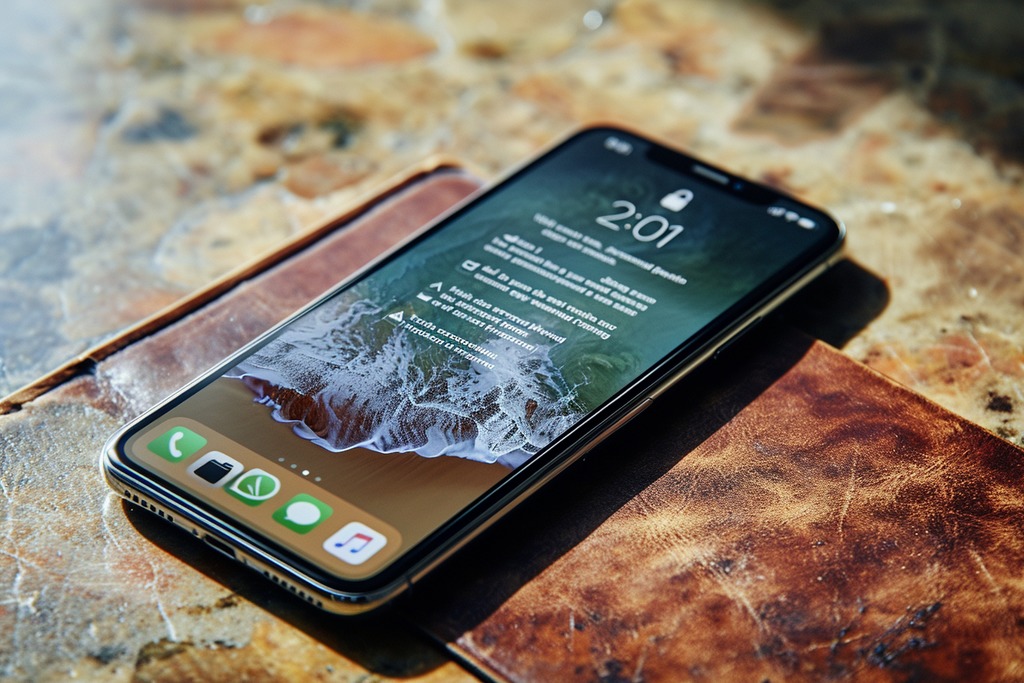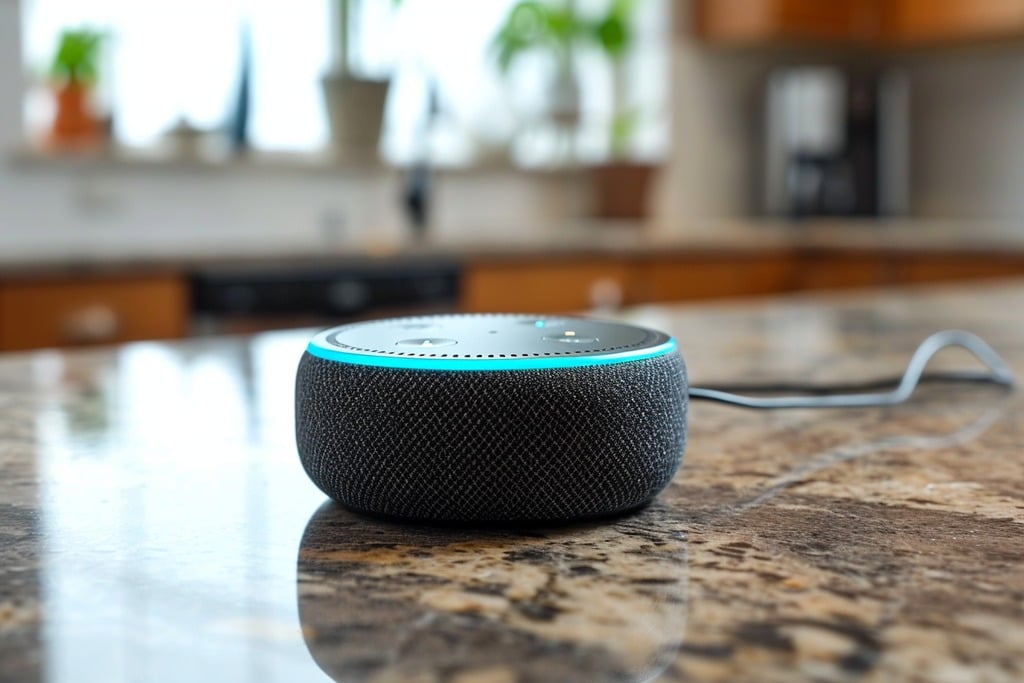In today’s fast-paced world, keeping up with various payment deadlines can be a daunting task. However, timely bill payments are crucial for maintaining a good credit score, avoiding late fees, and ensuring peace of mind. Thankfully, technology and some strategic planning can make this task seamless and almost automatic. Here’s a comprehensive guide on how to ensure you never miss a payment again.
1. Set Up Automatic Payments on the Billers’ Websites
Most service providers, from utilities to credit cards, offer an automatic payment option. This allows the bill amount to be deducted directly from your bank account or charged to your credit card on a specific date each month. Setting up autopay is typically a one-time process:
- Login to the provider’s website: Use your credentials to access your account.
- Navigate to the payment section: Look for an option that says “Automatic Payments” or “Autopay.”
- Enter your payment details: Provide your bank account or credit card information.
- Set the payment date: Choose a date that works best for you, ideally a few days before the due date.
Pros: You set it once and forget it. It ensures payments are made on time, every time.
Cons: You need to ensure there are sufficient funds in your account to cover the payments, or you could face overdraft fees.
2. Set Up Bill Pay in Your Bank/Credit Union App
Many banks and credit unions offer a bill pay service through their online platforms or apps. This centralizes your payment process, giving you control over when and how much to pay.
- Access your online banking platform: Log in to your account.
- Find the Bill Pay section: This might be under “Payments” or a similarly named tab.
- Add your billers: Enter the details of the companies or people you want to pay.
- Schedule payments: Set the amount and the date for the payments to be sent.
Pros: You manage all your bills in one place, and it’s usually free with your banking service.
Cons: You need to ensure the details are up-to-date, as billers may change their payment addresses or account numbers.
3. Use a Service Like Mint, You Need a Budget (YNAB), or Simplifi by Quicken
Budgeting apps like Mint by Intuit, YNAB, and Simplifi by Quicken offer more than just budgeting tools; they can also send you reminders when your bills are due.
- Download the app: Choose the one that fits your needs and sign up.
- Connect your accounts: Link your bank accounts, credit cards, and bills.
- Set up notifications: The app will notify you when it’s time to pay your bills.
Pros: These apps give you an overall picture of your finances, including spending habits, savings goals, and upcoming bills, which can help with budgeting.
Cons: Requires regular maintenance to ensure all bills and accounts are up-to-date and may come with a subscription fee.
4. Use Your Phone’s Task/Reminder App
Don’t underestimate the power of your smartphone’s built-in apps. The task or reminder app can be a simple and effective way to remember due dates.
- Open your phone’s reminder or task app: This could be Apple’s Reminders, Google Tasks, or any other app you prefer.
- Create a new task for each bill: Title it with the bill’s name and due date.
- Set a reminder: Choose a date a few days before the actual due date to give yourself some leeway and account for potential bank holidays.
Pros: It’s free and doesn’t require downloading additional apps if you use the one already on your phone.
Cons: You need to manually enter and update this information, which can be time-consuming.
5. Set Up Reminders on Your Smart Home Device, Like Alexa or Google Home
For those who have integrated smart home devices into their daily lives, setting up reminders for bill payments can be both convenient and effective.
- Activate your device: Say “Hey Google” or “Alexa.”
- Set a reminder: For example, say “Remind me to pay the electricity bill on the 25th of every month.”
- Receive the reminder: Your device will alert you when it’s time to make the payment.
Pros: It’s hands-free and can be integrated into your daily routine, like getting morning updates.
Cons: You need to have a smart home device and may need to be in its vicinity to hear the reminders (Alexa will also send you a reminder on your Alexa phone app).
Conclusion
Late payments can lead to unnecessary stress and financial strain. By leveraging technology and setting up a system that works for you, you can ensure your bills are paid on time every time. Whether you prefer the set-it-and-forget-it method of automatic payments or the personalized touch of smart reminders, the key is consistency and regular check-ins to make sure everything is running smoothly. Start today by choosing one or more of these methods to take control of your bill payments and enjoy the peace of mind that comes with being on top of your financial obligations.







